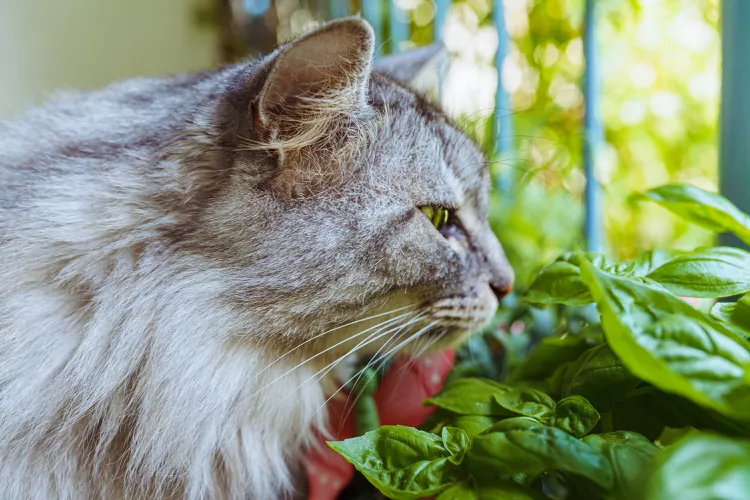
Basil is one of the more commonly used and grown herbs in American homes. It’s used not just in a variety of dishes but also has a history of use in traditional Eastern medicinal practices. It also is relatively easy to grow, either in an outdoor garden or inside a home in a pot or container. If you do choose to grow basil indoors, or even outside, you may wonder if your cat can eat basil. Is it healthy for them? Is it even safe?
Basil has a sweet and pungent aroma and flavor. The smell alone can intrigue your cat enough to try a piece or two. According to the ASPCA, basil is not toxic to cats.
Basil is actually the common name for Ocimum Basilium and is an herb belonging to the Lamiaceae family. Commonly known as the mint family, this family of plants also includes catnip, lavender, sage, rosemary, oregano, lemon balm, and, obviously, mint. It should be noted that in most Western dishes, the term "basil" is commonly used to refer to sweet basil, also called Genovese basil.
While there are a large number of varieties of basil species (upwards of 60), they all belong to the Lamiaceae family. You may also see basil listed as Tulsi (in Ayurvedic medicine) or St. Joseph’s Wort. There is also an herb commonly called St. John’s Wort, but it should be noted that this is a different plant entirely, Hypericum perforatum, and belongs to a completely different family of plants (the family Hypericaceae).
Basil contains vitamin A, vitamin K, iron, manganese, and calcium and is low in calories. It has been studied in humans for use in maintaining stable blood glucose levels, boosting the immune system, reducing stress and anxiety, and aiding in memory, but evidence for any of these claims is poor.
Could basil have similar effects in cats, though? It should be noted that cats are obligate carnivores, requiring animal protein in their daily diet. People, even self-proclaimed "carnivores," are actually omnivorous. So our digestion works differently than a cat’s digestion. Cats may not digest basil the same way you or I would. This means that your cat may not be able to absorb the vitamins and minerals present in basil the same way humans can.
Although basil isn’t outright toxic to cats, there are things you should be aware of before feeding it to your kitty. Again, cats are obligate carnivores, requiring the taurine from animal protein in their diet because they can’t synthesize it on their own. This means that cats don’t necessarily require as many plants or vegetables in their diet.
A little nibble on a basil leaf here or there probably won’t skew your cat’s daily nutrition that much, but too much basil can lead to an imbalance in their nutrition. If your cat eats too much basil, that can also lead to gastrointestinal upset, including vomiting and diarrhea. In rare cases, a cat may actually be allergic to basil and this can manifest as vomiting but it can also lead to hives, swelling, or even difficulty breathing. Basil essential oil is high in synthetic phenols, which can lead to liver damage, so its use should be avoided in cats.
Since basil is non-toxic to cats, there’s really no one variety a cat can and cannot eat. Fresh basil will have a less potent and pungent flavor and aroma than dried basil. The vitamins and minerals will also be present in smaller concentrations in fresh basil than in dried basil. So while it hasn’t been researched, it’s possible that a cat’s daily nutrient balance may skew more quickly with large amounts of dried basil versus fresh basil.
So, while it is safe for your cat to take an investigatory nibble on a basil leaf, it’s probably best to avoid sharing this plant with your cat on a regular basis.

Cute Pictures & Facts About Calico Cats & Kittens
Learn fascinating facts about calico cats, including photos, the genetics behind this color combination, and common folklore and traditions.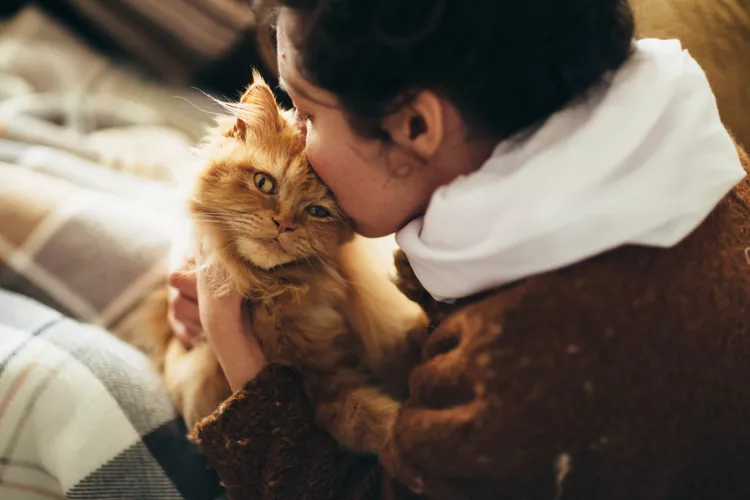
How to Prevent Cat Separation Anxiety During Vacations
Discover why cats develop litter box problems and cat behavior problems when you go on vacation and what you can do about it to help them.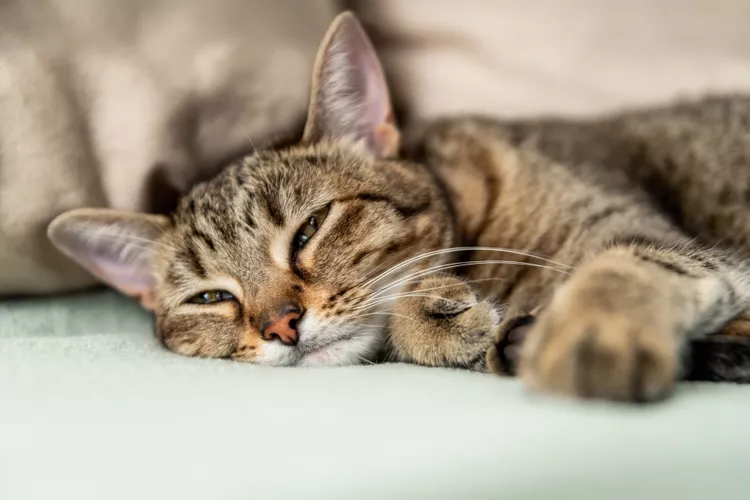
Cat Behavior Changes That Might Mean Something's Wrong
Cats' behavioral changes may indicate problems—or they may mean nothing at all. Explore causes of odd behavior and what to do about them.
Lhasa Apso: Dog Breed Characteristics & Care
The Lhasa apso is an ancient breed from Tibet that was bred to be a watchdog. Learn about its history, health, exercise needs, and more.
Reasons Why Dogs Run Away and How to Stop It
Dogs can escape, especially if they’re bored and not properly contained. Here are some techniques for stopping your dog from running away.
Can Dogs Get Depression? How to Help Your Sad Dog
Can dogs get depression? Learn about the signs of depression in dogs and find out how to help your sad dog.
How to Stop Aggression in Dogs
Dog aggression can be a serious behavior issue for pet owners. Learn how to stop aggression in dogs before someone gets hurt.
How to Stop Your Dog From Growling
A growling dog can soon become even more aggressive. Reduce the noise and potential for a dangerous situation with some of these techniques.
Why Do Dogs Dig Holes? How to Stop Your Dog from Relandscaping Your Yard
Dogs have been digging holes for centuries and for many reasons. Whether they’re bored or want to cool off in the dirt, here are the top reasons why dogs dig holes.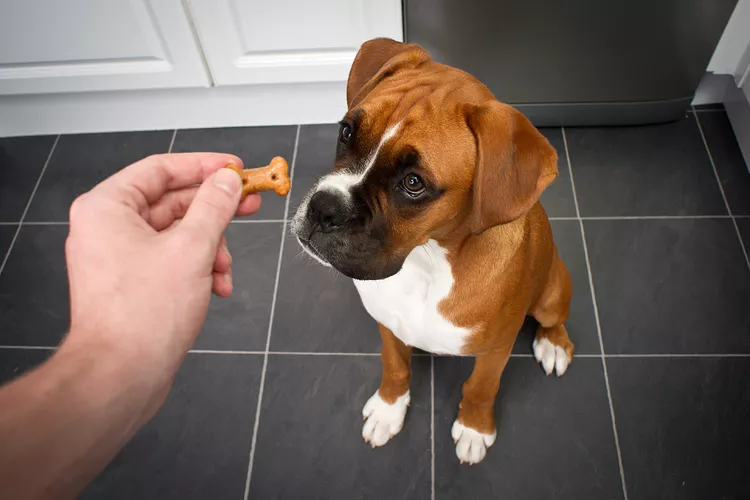
Dog Treat Varieties
Learn about the different types of dog treats on the market and decide which are best for your dog.
Can Dogs Eat Asparagus?
Dogs can eat asparagus, provided the vegetable is cooked plain and cut up for them. Seasonings, salt, and butter make it unhealthy for dogs.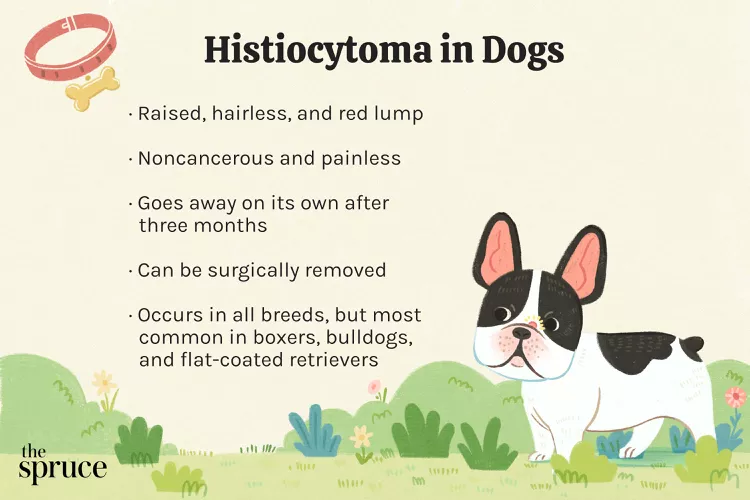
Histiocytomas in Dogs
A histiocytoma is a type of benign (non-cancerous) skin lump that usually affects young dogs. Learn the causes, treatment, and prevention.
Why Is My Dog’s Eye Swollen?
If your dog's eye is swollen, she may need veterinary attention. The inflammation could be caused by allergies, an injury, or even a tumor.
Common Bugs and Parasites Found on and Inside Dogs
Learn about common types of parasites in dogs. Find out how to treat and prevent parasites to keep your dog, your family, and yourself safe.
Exploring the Different Types of Pet-Friendly Beaches
Are you looking for pet-friendly beaches? Learn about the different types of pet-friendly beaches, their locations, and tips for visiting them with your pet.
10 Obscure, Little-known Canine Facts in Honor of National Dog Day
With National Dog Day upon us, it's time to celebrate everything about our favorite pets—even the weirder stuff. Here are 10 obscure facts about dogs you probably didn't know.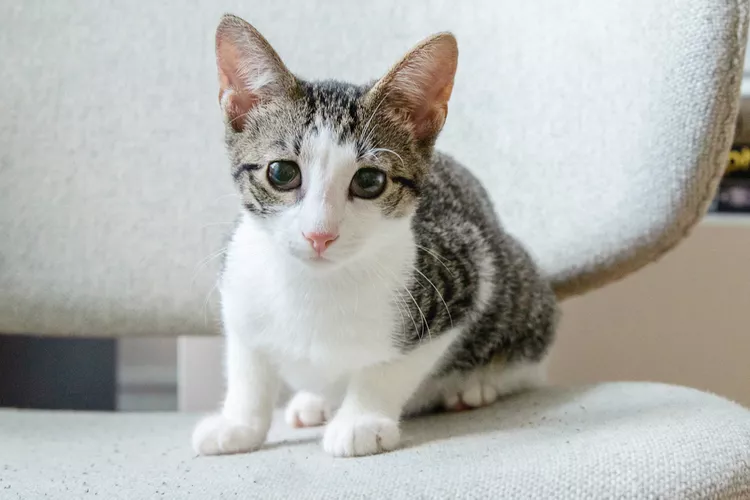
Kitten Development From 3 to 6 Months Old
Kittens grow and change a lot during their first year. Find out what happens between the ages of three months and six months old.
95 Siamese Cat Names
Our list of Siamese cat names has diverse and fun options to help you choose the ideal moniker for your elegant and lovable feline companion.
What to Buy for Your New Cat: A List of Essentials
Before you bring your new cat or kitten home, there are a number of things to collect or buy so your cat will feel welcomed like a family member.
The 6 Best Cat Nail Clippers of 2024 for a Safe Trim
Clipping your cat's nails can save your furniture and keep your kitty comfortable. We asked veterinarians for their cat nail clipper recommendations.